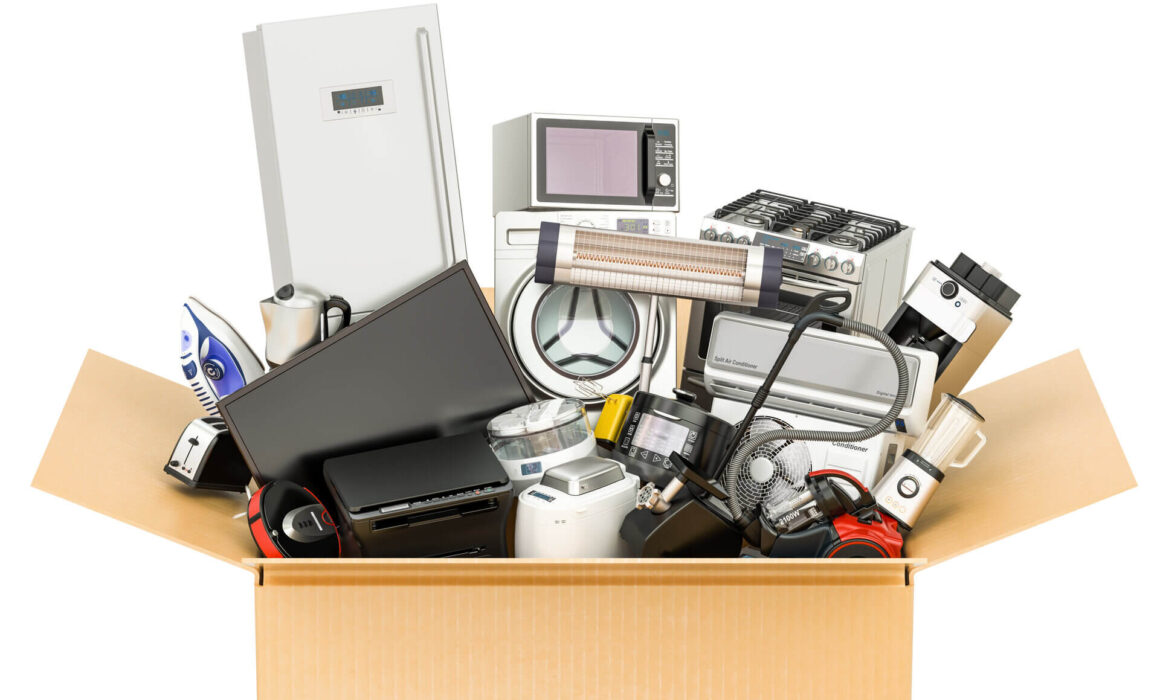Exploring Alternatives: Where to Sell Used Items in America
In the bustling world of consumerism, many of us find ourselves surrounded by a surplus of items that have served their purpose or no longer spark joy. It’s time to declutter and perhaps make some extra cash along the way. While eBay and flea markets are popular choices, there’s a plethora of other platforms in America to consider for selling your used items, both online and offline. In this blog post, we’ll explore a range of options to help you decide where to best part ways with your pre-loved possessions.
Online Platforms:
- Amazon:
- Advantages: Amazon’s “Amazon Marketplace” allows you to list and sell used items to a vast customer base. It’s a trusted platform with global reach.
- Considerations: Be aware of Amazon’s selling fees and policies when listing your items.
- Facebook Marketplace:
- Advantages: Facebook Marketplace is a popular choice for local sales. You can easily connect with buyers in your community and negotiate prices.
- Considerations: Ensure your Facebook privacy settings are configured properly and use safe payment methods.
- Craigslist:
- Advantages: Craigslist is a classic choice for local classified ads. It’s straightforward and widely used for selling a variety of items.
- Considerations: Exercise caution when dealing with potential buyers, and meet in public places for safety.
- OfferUp:
- Advantages: OfferUp’s mobile app provides a user-friendly platform for local buying and selling.
- Considerations: Read reviews and ratings of potential buyers or sellers for added security.
- Mercari:
- Advantages: Mercari is known for its straightforward mobile app, making it easy to list and sell used items.
- Considerations: Familiarize yourself with the platform’s policies and fees.
Offline (Physical) Platforms:
- Garage Sales:
- Advantages: Hosting a garage sale allows for quick in-person transactions and the opportunity to engage with local buyers.
- Considerations: Advertise your sale effectively to attract potential customers.
- Thrift Stores:
- Advantages: You can donate or sell your used items to thrift stores, supporting charitable causes while decluttering.
- Considerations: Check the store’s donation and selling policies.
- Consignment Shops:
- Advantages: Consignment shops may accept your items and sell them on your behalf for a percentage of the sale price.
- Considerations: Understand the terms and commission rates.
- Antique Stores:
- Advantages: If you have antique or collectible items, antique stores may be interested in purchasing or consigning them.
- Considerations: Research the market value of your antiques.
- Pawn Shops:
- Advantages: Pawn shops buy various used items, including electronics, jewelry, and musical instruments.
- Considerations: Expect to receive lower offers than the item’s retail value.
- Craft Fairs and Farmers Markets:
- Advantages: Some craft fairs and farmers markets allow vendors to sell used or handmade items.
- Considerations: Check event regulations and fees for vendors.
- Auctions:
- Advantages: Local auctions can be ideal for selling valuable or collectible items.
- Considerations: Be prepared for potential bidding wars among buyers.
Conclusion:
When it comes to selling used items in America, you’re spoiled for choice. Each platform has its unique advantages, and your choice should align with your items, location, target audience, and personal preferences. Whether you prefer the convenience of online sales or the personal touch of face-to-face interactions, there’s a platform out there to help you declutter your space and turn your pre-loved items into cash. So, where will you choose to embark on your selling journey?

